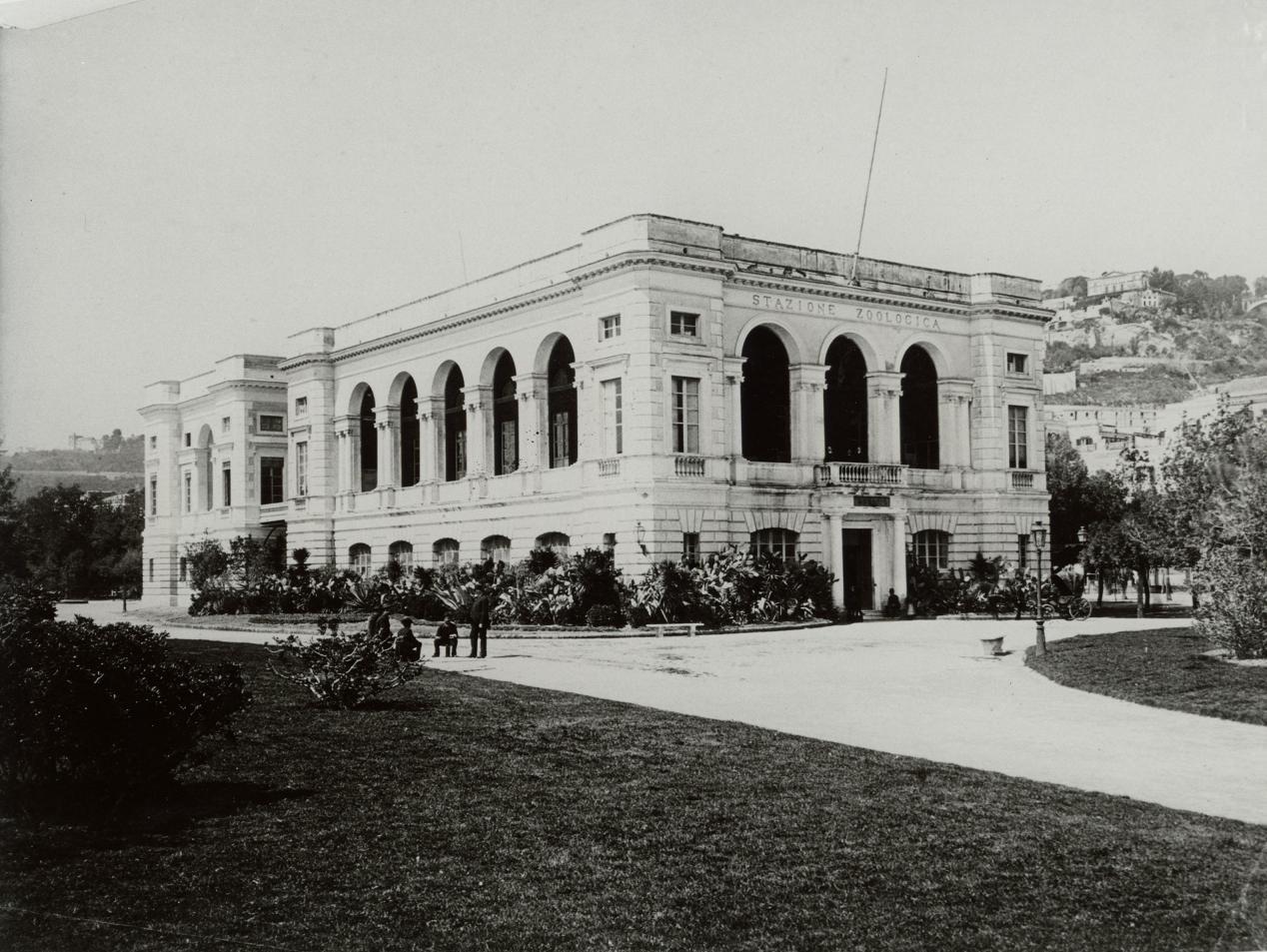|
Cryptopontius Capitalis
''Cryptopontius capitalis'' is a species of copepods in the family Artotrogidae from the North Atlantic Ocean. It is an ectoparasitic on the sponges '' Crella (Crella) elegans'', '' Oscarella lobularis'' and '' Petrosia (Petrosia) ficiformis''. References External links ''Cryptopontius capitatis'' at World Register of Marine Species (WoRMS) Siphonostomatoida Crustaceans described in 1895 {{Copepod-stub ... [...More Info...] [...Related Items...] OR: [Wikipedia] [Google] [Baidu] |
Wilhelm Giesbrecht
Wilhelm Giesbrecht (1854–1913) was a Prussian zoologist, specialising in copepods, during the "golden age of copepodology". Giesbrecht was born in Gdańsk in 1854, and was educated in Kiel, where in 1881 he earned a Ph.D. in Baltic copepods under Professor Karl Möbius. He then moved to Naples to work at the zoological station there, staying there for the remainder of his life. His most famous work is the 1892 monograph Systematik und Faunistik der pelagischen Copepoden des Golfes von Neapel und der angrenzenden Meeres-Abschnitte' ("Systematics and faunistics of the pelagic copepods of the Gulf of Naples and neighbouring seas"). In 1904, at the request of Anton Dohrn, Giesbrecht was made an honorary professor Honorary titles (professor, reader, lecturer) in academia may be conferred on persons in recognition of contributions by a non-employee or by an employee beyond regular duties. This practice primarily exists in the UK and Germany, as well as in m .... He is commemorated ... [...More Info...] [...Related Items...] OR: [Wikipedia] [Google] [Baidu] |
Artotrogidae
Artotrogidae is a family of copepods in the order Siphonostomatoida. Genera * '' Abyssopontius'' Stock, 1985 * '' Antarctopontius'' Eiselt, 1965 * '' Arctopontius'' Sars G.O., 1915 * '' Artogordion'' Ivanenko ''et al.'', 2018 * '' Artotrogus'' Boeck, 1859 * '' Ascidipontius'' Kim I.H., 1996 * '' Bradypontius'' Giesbrecht, 1895 * '' Cribropontius'' Giesbrecht, 1899 * ''Cryptopontius ''Cryptopontius'' is a genus of copepods in the family Artotrogidae. Species * '' Cryptopontius acutus'' Kim I.H., 2007 * '' Cryptopontius aesthetascus'' Neves & Johnsson, 2008 * '' Cryptopontius ascidius'' Kim I.H., 1996 * '' Cryptopontius bre ...'' Giesbrecht, 1899 * '' Dyspontius'' Thorell, 1859 * '' Glannapontius'' Holmes, 1998 * '' Glyptotrogus'' McKinnon, 1988 * '' Metapontius'' Hansen, 1923 * '' Myzopontius'' Giesbrecht, 1895 * '' Neobradypontius'' Eiselt, 1961 * '' Neopontius'' Scott T., 1898 * '' Pseudotrogus'' Eiselt, 1961 * '' Pteropontius'' Giesbrecht, 1895 * '' Pulicitrogus'' Kim I.H ... [...More Info...] [...Related Items...] OR: [Wikipedia] [Google] [Baidu] |
Crella Elegans
''Crella elegans'' is a species of marine demosponges in the family Crellidae Crellidae is a family of marine demosponges in the order Poecilosclerida. Characteristics Growth forms are varied and include branching, club-shaped, massive and encrusting. Identification of members of this family is based on microscopic examin ... found in the Adriatic. It is the type species of its genus. It is the host of the ectoparasitic copepod '' Cryptopontius capitalis''. References External links ''Crella (Crella) elegans'' at World Register of Marine Species (WoRMS) Poecilosclerida Animals described in 1862 {{Demosponge-stub ... [...More Info...] [...Related Items...] OR: [Wikipedia] [Google] [Baidu] |
Oscarella Lobularis
''Oscarella lobularis'' is a species of sponge in the order Homosclerophorida. It is native to the northeastern Atlantic Ocean and the Mediterranean Sea, where it forms encrusting colonies on rocks and other hard surfaces. Description ''Oscarella lobularis'' is an encrusting sponge that forms a thick layer of soft, gelatinous consistency with a velvety surface, on rocks, stones and large seaweeds. Colonies are up to wide and thick, with an irregularly lobed surface. The sides of the nodular lobes have a scattering of ostia through which water passes into the sponge, and at the top of each, a single round osculum up to in diameter, through which water exits. This sponge has neither spicules nor spongin fibres in its tissues. It is usually some shade of yellow or brown but can occasionally be red, violet, green or blue, often with a cream-coloured base layer. Ecology Like other sponges, ''Oscarella lobularis'' is a filter feeder. Water is drawn into the interior of the sponge t ... [...More Info...] [...Related Items...] OR: [Wikipedia] [Google] [Baidu] |
Petrosia Ficiformis
''Petrosia ficiformis'', commonly known as the stony sponge, is a species of petrosiid sea sponge in the order Haplosclerida. Taxonomy ''Petrosia ficiformis'' was first described by J.L.M. Poiret as ''Spongia ficiformers''. Its name comes from the Greek: "pétra" - πέτρα - rock, "physis" - φύση - nature, "fórma" - φόρμα - shape, meaning "naturally-shaped rock". It is classified under the subgenus ''Petrosia'' of the genus ''Petrosia''. It belongs to the family Petrosiidae or the suborder Petrosina. Distribution ''Petrosia ficiformis'' is found on the underside of rocks, on overhangs and in caves between deep. The species has been described at the following locations: Adriatic Sea, Aegean Sea, Azores, Canaries, Madeira, Cape Verde, Ionian Sea, Levantine Sea, Mediterranean Sea, North Atlantic, Tunisian Plateau/Gulf of Sidra, West Africa, and Western Mediterranean. Characteristics ''Petrosia ficiformis'' is usually purple brown in colour due to symbiosis with pho ... [...More Info...] [...Related Items...] OR: [Wikipedia] [Google] [Baidu] |
Siphonostomatoida
Siphonostomatoida is an order of copepods, containing around 75% of all the copepods that parasitise fishes. Their success has been linked to their possession of siphon-like mandibles and of a "frontal filament" to aid attachment to their hosts. Most are marine, but a few live in fresh water. There are 40 recognised families: * Archidactylinidae Izawa, 1996 *Artotrogidae Brady, 1880 *Asterocheridae Giesbrecht, 1899 *Brychiopontiidae Humes, 1974 *Caligidae Burmeister, 1835 * Calverocheridae Stock, 1968 *Cancerillidae Giesbrecht, 1897 *Codobidae Boxshall & Ohtsuka, 2001 *Coralliomyzontidae Humes & Stock, 1991 * Dichelesthiidae Milne-Edwards, 1840 *Dichelinidae Boxshall & Ohtsuka, 2001 *Dinopontiidae Murnane, 1967 *Dirivultidae Humes & Dojiri, 1980 *Dissonidae Yamaguti, 1963 *Ecbathyriontidae Humes, 1987 *Entomolepididae Brady, 1899 *Eudactylinidae C. B. Wilson, 1932 * Hatschekiidae Kabata, 1979 * Hyponeoidae Heegaard, 1962 * Kroyeriidae Kabata, 1979 * Lernaeopodidae Milne-Edwards, ... [...More Info...] [...Related Items...] OR: [Wikipedia] [Google] [Baidu] |
